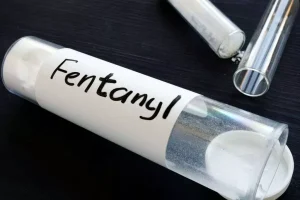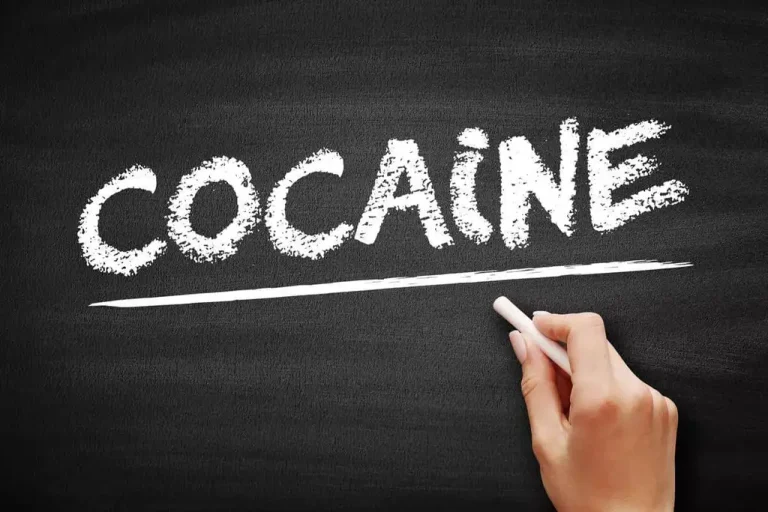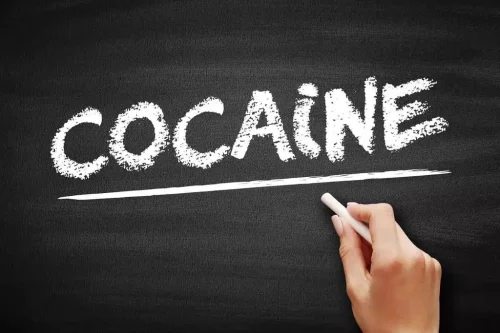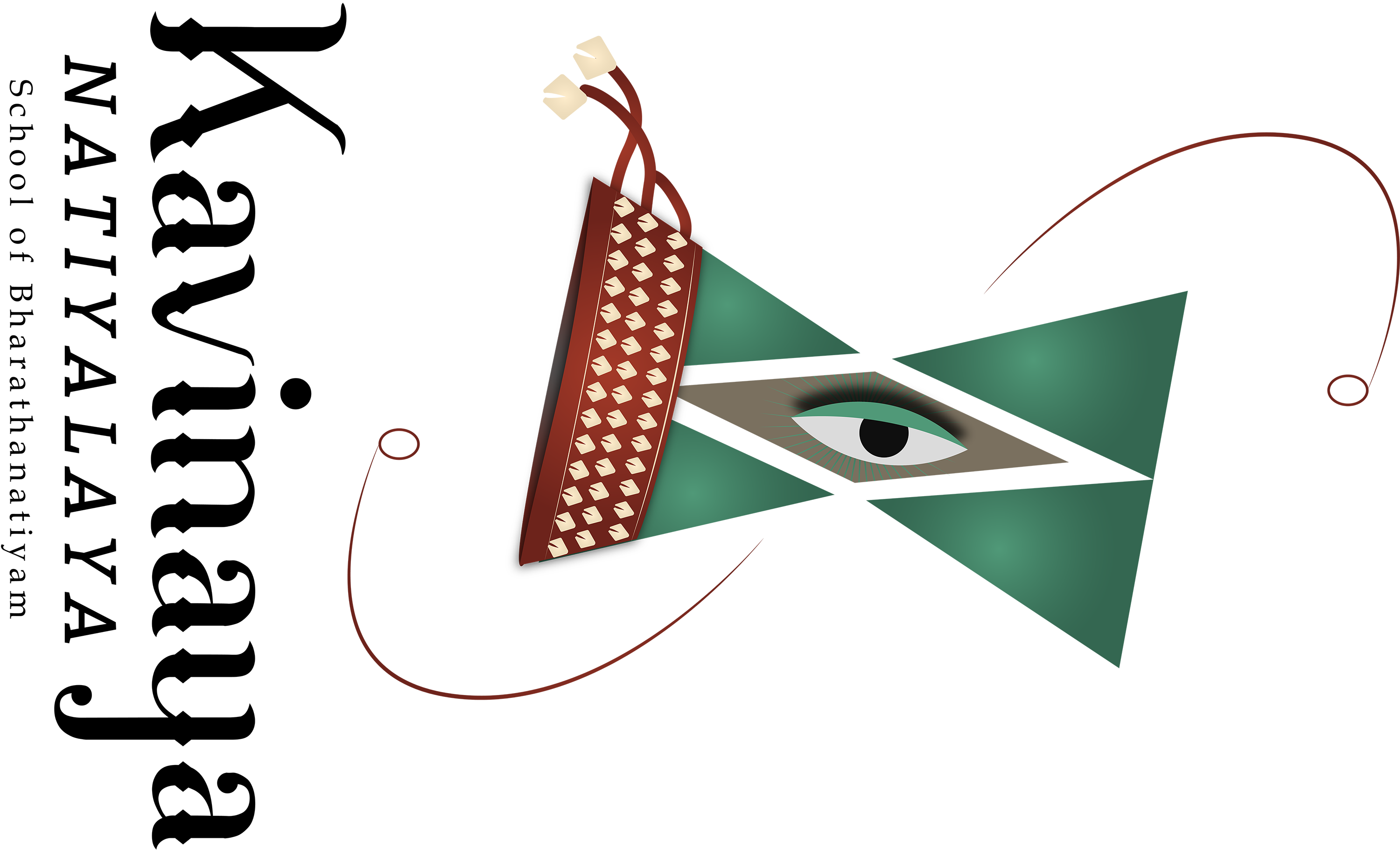
Participants were approximately 30 years old at the time of their initial brain scans, ranging from 10 to 59 years. During the follow-up assessment, their average age was 42 years, with a range of 23 to 74. Regarding alcohol use, participants scored an average of 4.3 on the Alcohol Use Disorder Identification Test (AUDIT), with scores ranging from 1 to 11 (8 is the threshold for hazardous drinking and 16 the threshold for a likely diagnosis of alcohol use disorder). For drug use, measured using the Drug Use Disorder Identification Test (DUDIT), participants had an average score of 0.4, ranging from 0.0 to 8.0, suggestive of very little (non-alcohol) drug use in this sample. In terms of family history, participants reported either the presence or absence of family history of either alcohol use disorder or other substance use disorder. TP receives compensation for consulting work from Damona Pharmaceutical Inc., a biotech company developing GABAergic molecules for the treatment of cognitive dysfunctions in depression.
- Maintaining dopamine balance is crucial for overall brain health, extending beyond just alcohol-related concerns.
- The study however found a positive correlation with drinking to cope motives and the Taq1A polymorphism of the DRD2 gene.
- Alcohol has such a wide variety of effects, affecting the parts of your brain that control speech, movement, memory, and judgment.
- In this context, it is also important to consider how stress exacerbates addictive states, how stress may modify dopaminergic neurotransmission, and how these stress-induced modifications may interact with ethanol.
- As the brain chemically adapts to excess ethanol, it forms a new equilibrium in which ethanol becomes integral in neuronal function (Figure 1B; Valenzuela, 1997; Pérez-Ramírez et al., 2022).
The dopamine system and alcohol dependence
Finally, preclinical studies demonstrate phasic dopamine release in response to conditioned reinforcers 23, 36, and P/T depletion suppresses spontaneous dopamine transients in the NAc of rats at rest 57. However, in this study, the behavioral tasks were performed after the resting-state scan; future work pairing event-related fMRI AB tasks with the P/T depletion procedure may provide additional insight into the dopamine response to alcohol or non-drug reward cues. Additionally, a “first hit” hypothesis has been proposed in which metabolites of alcohol have reinforcing properties that may be distinct from the effects of alcohol itself (Israel, Quintanilla, Karahanian, Rivera-Meza, & Herrera-Marschitz, 2015).
The Science of Serotonin Syndrome
Yes, regular physical activity, particularly aerobic exercise, can increase dopamine levels and improve mood, helping to support recovery from alcohol addiction. Medications like naltrexone and bupropion target dopamine receptors to reduce cravings and help restore normal dopamine activity in the brain. Alcohol stimulates the release of dopamine in the brain’s reward system, creating feelings of pleasure. This effect is temporary, leading to repeated use as people seek to recreate the dopamine high. Common symptoms of dopamine deficiency include chronic fatigue, difficulty concentrating, mood swings, and a general loss of interest in activities that were once enjoyable. These symptoms are often seen in individuals who have abused alcohol for extended periods, as their brain’s reward system becomes less responsive.
Serotonin
Evidence for this includes genetic associations between serotonergic genes and depression. Specifically, the serotonin transporter polymorphic region gene (5HTTLPR) region has been highly implicated in depression, particularly the short allele that is less active than its longer counterpart 15. Individuals with the short allele have reported greater depression and life stress, and in a landmark longitudinal study, this correlation increased when the individual endured traumatic events 5,16. This suggests a gene × environment interaction such that it results in depression and anxiety in individuals who endure both environment stress and have this allele 15,16. This may be due to down-regulation of serotonergic receptors, which could occur in the presence of the initial surplus of synaptic serotonin, which results from a hypoactive transporter 17.
4.2. Clinical evidence for the use of dopamine partial agonists for the treatment of alcohol dependence
Through these mechanisms, serotonin can influence mood states; thinking patterns; and even behaviors, such as alcohol drinking. Understanding the profound impact of alcohol on dopamine and the brain’s reward system underscores the importance of seeking professional help when facing alcohol dependence. At Boardwalk Recovery Center, we recognize the challenges of addiction and are committed to guiding you toward a healthier, fulfilling life. Additionally, maintaining a balanced diet rich in tyrosine-containing foods (e.g., lean proteins, dairy, nuts, and soy) can support dopamine synthesis. Mindfulness practices, meditation, and cognitive behavioral therapy (CBT) can also help regulate mood and improve dopamine function by reinforcing healthier reward mechanisms.

We discovered that in control animals, gene expression and protein function are often not correlated, contrary to conventional assumptions, and alcohol exposure can induce, eliminate, or even reverse these relationships. The dopamine (DA) system in the CNS includes the nigrostriatal pathway, the mesolimbic pathway and the tuberoinfundibular pathway. Dopamine is mainly produced in the substantia nigra, projected along the nigrostriatal pathways and stored in the striatum. All of them function both individually and interactively as G-protein coupled receptors. It can remodel neural pathways to overcome self-destructive habits and behaviors and develop new pathways leading to healthy and sober lifestyle choices.
Why Do People Use Alcohol & Drugs Even After Facing Consequences?
These studies found consistent changes in NE function during acute intoxication. At doses ranging from 1 to 5 g/kg of ethanol, brain NE content was reduced alongside increases in NE metabolites, specifically 3,4-dihydroxyphenylglycol (DHPG), and vanillomandelic acid (VMA). This was seen in both outbred and alcohol preferring P rats (Alari et al. 1987a; Karoum et al. 1976; Murphy et al. 1983). These increases in NE turnover during acute intoxication normalized 6 h after ethanol exposure and were consistently more pronounced than changes in dopamine turnover, particularly at lower doses of ethanol (Corrodi et al. 1966).
Basics of Brain Function and Neurotransmitters
It can take a long time for the brain to return to a pre-drinking state, and sometimes it never does. That aspect seems to stem from the fact that alcohol increases activity in the dopamine neurons in the mesolimbic reward pathway, as well as opioid cells that release endorphins. Both produce feelings of joy, pleasure, euphoria, depending on the type of activation.

These findings support the extensive clinical findings demonstrating that alcohol‐dependent individuals have significant impairments in executive functions such as working memory, impulsivity and decision‐making; functions governed by the cortical brain structures. Drug rehabilitation The fact that there is also less dopamine in the prefrontal cortex, governing these executive functions, is of significance as it could impair the alcohol‐dependent individual’s capacity to utilize behavioural treatment strategies, which are critical to relapse prevention. More research is needed to determine how and under what drinking conditions alcohol consumption is affected by different serotonin receptor antagonists.

In humans, magnetic resonance imaging (MRI) revealed 10% smaller right caudate nuclei and 19% smaller globus pallidi in participants who attempted suicide when compared with healthy controls. In the perigenual anterior cingulate cortex (ACC), a positive correlation was observed between the binding affinity of SERT and postsynaptic serotonin receptor 5-HT1A as well as an overall decrease in 5-HT1A receptor density in Clonginger type 1 alcohol dependents1 45. The ACC is known for its role in emotion regulation and behavioral planning 46.
About Neurolaunch
Consequently, serotonin can affect neighboring neurons only for a short period of time. Any interference with serotonin transporter function extends or diminishes the cells’ exposure to serotonin, thereby disrupting the exquisite timing of nerve signals within the brain. The net result of such disruptions is abnormal brain activity, which can lead to psychological problems or mental illness. One prominent example of a psychological disorder that appears to involve inappropriate serotonin use in the brain is depression (Baldessarini 1996); some of the most effective antidepressant medications act on the serotonin transporters to prolong the neurotransmitter’s activity. The binding of serotonin to its receptors initiates a series of biochemical events that converts does alcohol decrease dopamine the extracellular, chemical signal into an intracellular signal in the recipient cell.

